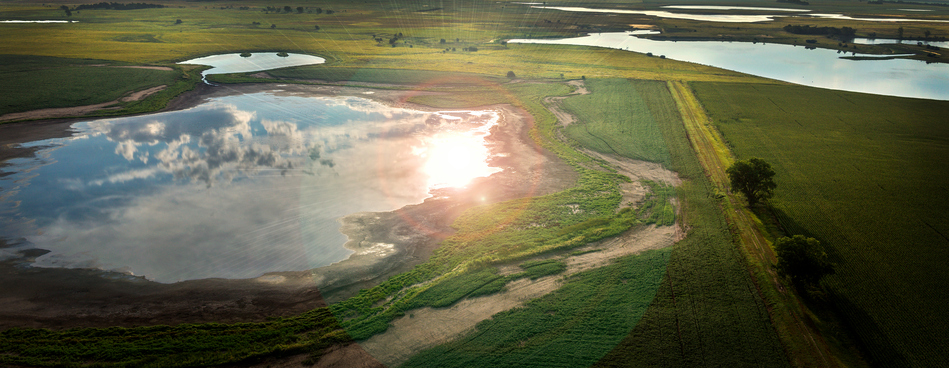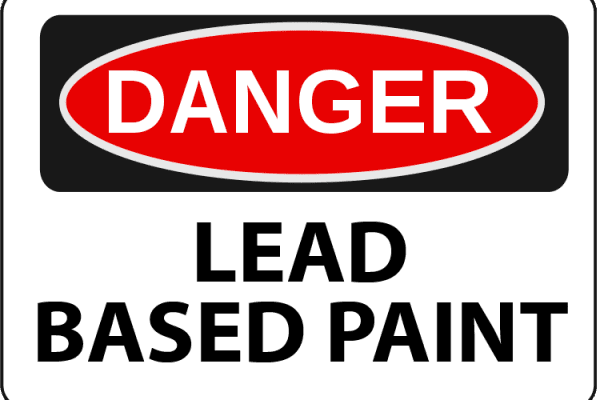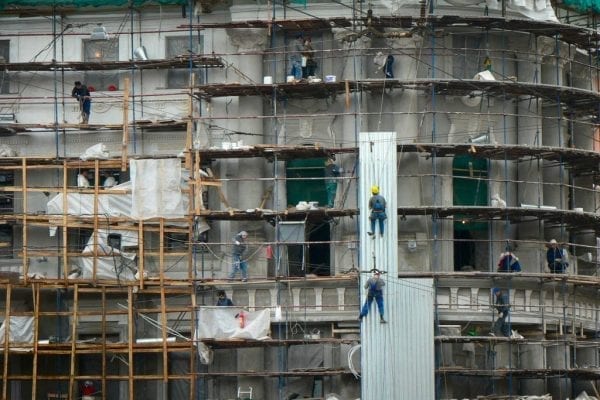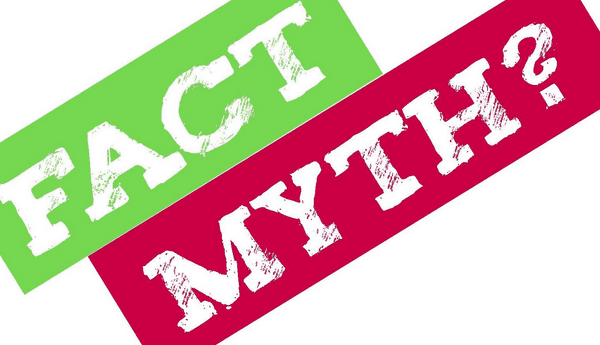If you pay attention to the news, you may have heard that the current United States administration is planning to roll back regulations intended to protect our waterways from pollution. The news has created a great deal of controversy and spread through both legitimate and less trustworthy news sources, as well as across social media.
Because many sources carry a strong bias one way or the other, it can be hard to know who to believe, or to understand exactly what’s happening with our water protection regulations. Here’s what you need to know.
What Regulations Are in Question?
The proposed changes to EPA clean water rules refer specifically to a 2015 rule created by the EPA and the US Army Corps of Engineers, called the Clean Water Rule. It was an update to the 1972 Clean Water Act that was intended to clarify and expand the Act’s protections.
The 2015 Clean Water Rule sought to more clearly define terminology in the original Act, especially in regard to streams and wetlands, in order to reduce confusion as to what bodies of water were covered by the Act.
Its key provisions included defining what tributaries and adjacent bodies of water were covered, as well as how they were covered; reconfirming exclusions, including waters used in normal agricultural and ranching operations; and reducing the number of bodies of water subject to case-by-case analysis.
The rule also established a “regional water treasures” category that extended special protections to waters known by the EPA to especially impact downstream health, including Texas coastal prairie wetlands, Carolina and Delmarva bays, western vernal pools in California, and other “prairie potholes.”
What Are the Proposed Changes?
The Clean Water Rule has faced some opposition from its inception. It has been subject to extensive litigation and was blocked from implementation by the Sixth Circuit Court, the day before it was scheduled to go into effect. However, the Sixth Circuit Court’s decision was unanimously overturned by the Supreme Court on January 22, 2018.
That same month, under new leadership from Scott Pruitt and at the direction of the U.S. President, the EPA formally suspended the 2015 regulation and announced plans to issue a new version later this year. There continue to be challenges to the suspension, as well as to the rule itself, but under the current administration it is likely that the regulations created by the new rule under the Obama administration will eventually be rescinded.
What Does This Mean for the Future of Clean Water in the United States?
Practically speaking, rescinding the Clean Water Rule will have very little impact on waters in the United States, for the simple reason that it was never implemented, and so there is no practical change in what rules are being applied.
It remains to be seen in what ways the EPA will continue to attempt to clarify rules and either expand or reduce clean water regulations.
You can learn more about the original Clean Water Act here. If you have questions about waters on your properties and your rights and responsibilities, our environmental engineers are on hand to talk with you.






